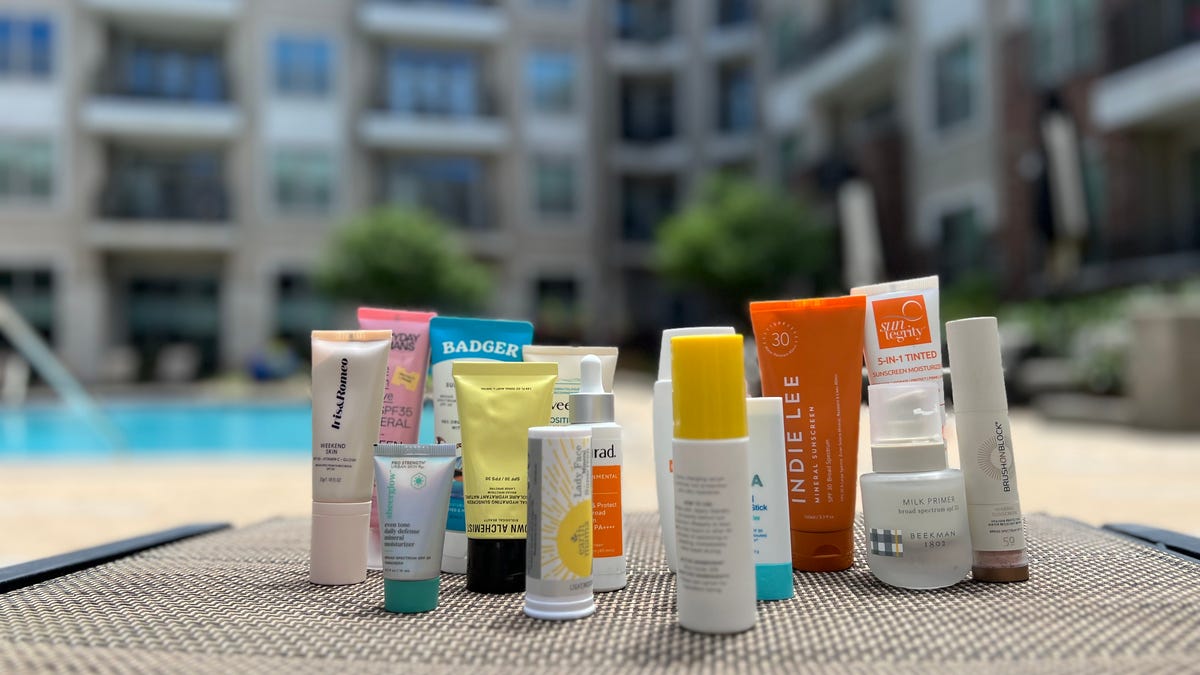Congratulations to those who can easily afford the $799 Apple Watch Ultra 3. But for most of us in the market for a new Apple-friendly smartwatch, the choice is more between the entry-level Apple Watch SE 3 and the mainstay Apple Watch Series 11, which start at $249 and $399, respectively. That used to be more of a no-brainer default to the current Series model, since the second-gen SE had gone three full years without an update, in the meantime getting lapped by the Series 9 and 10. Despite the price gap, the latest models share more similarities than differences.
We're still evaluating the SE 3 and will have a full review soon. But just looking at the spec sheets, it's clear that the latest model fixes quite a few of the SE 2's flaws. However, the Series 11 is still ahead when it comes to design, health tracking, battery life and premium materials, to name a few.
That said, choosing between the two this year is more about priorities. For instance, do you just want casual step counting and sleep tracking or are you interested in using the deeper health insights? Or are you buying for child or elderly relative, and is just having cellular capability or fall detection a bigger deal?
Since you can't pick one of these up at the Apple Store this minute — they'll be on display and available for sale on Friday, September 19 — there's still plenty of time. We'll walk you through the similarities and differences of these two Apple Watches. Meanwhile, if you want to know how the Series watch has changed year over year, check out the Apple Watch Series 11 vs. Apple Watch Series 10.
Apple Watch SE 3 vs. Series 11: What's basically the same
Both of these smartwatches will come equipped with watchOS 26 out of the box, but that's not the only thing they have in common.
Always-On Retina display: This is a first for SE models, and means that the display no longer fades to black after a few seconds.
Basic heart and health features: Notifications on high and low heart rate, irregular rhythms and low cardio fitness; sleep tracking with sleep apnea notifications and sleep score support; temperature sensing via your wrist; Cycle Tracking with retrospective ovulation estimates and optical heart rate sensors; and noise monitoring are fully supported on both devices.
The S10 chip: Both watches are powered by the same S10 chip, so there shouldn't be any major performance differences.
5G support (on cellular models): While it costs $50 to $100 more — and requires monthly service — the SE 3 offers the same 5G cellular option as the Series 11, allowing wearers to text and call even when they're outside an area with Wi-Fi coverage.
Gesture support: Both watches offer the new wrist flick and double tap gestures, which can be used for easier one-handed watch control.
Emergency SOS: Apple is continuing (until further notice) to offer this service for free to Apple Watch users.
Water resistance to 50m: Both watches are safe for swimming and bathing.
Fall Detection and Crash Detection: Apple touts both of these features as lifesavers, and they're both fully equipped on both models.
Find iPhone: Misplaced your iPhone? Press a button on either watch, and your phone will send a loud notification so you can locate it.
Fast-charge capable: Both watches can get up to an 80% charge in under an hour (with compatible fast chargers, of course). The SE 2 wasn't fast-charge capable, regardless of what charger you used.
Ion-X glass face: The baseline version of both watches utilizes a version of this tough face, which is more scratch- and crack-resistant than the ones found in their earlier respective models.
In addition to those, both watches share some other common feature sets, including storage (64GB), sensors (altimeter, compass, gyroscope) and wireless options (Wi-Fi 4, Bluetooth 5.3 and nearly identical GPS offerings).
SE 3 vs. Series 11: What the more affordable watch lacks
If you decide to stick with the SE 3 instead of the Series 11, here's what you'll miss out on:
Advanced health features: Hypertension notifications (cleared by the FDA), a new feature that detects signs of high blood pressure, are not available on the SE 3. You also won't have access to the ECG app or blood oxygen monitoring. Electrical heart sensors are also not on the SE 3.
Brighter and larger display: The Series 11 offers a screen that's twice as bright as the SE 3. Additionally, both Series 11 sizes are larger: You can choose between the 46mm (compared to the SE's 44mm), or the smaller 42mm size (40mm for SE).
Thinner case design: The Series 11 is nearly 10 percent thinner than the SE 3.
Longer battery life: The Series 11 has a battery life of up to 24 hours (38 hours in low power mode), while the SE 3 gets up to 18 hours (32 hours in low power mode). That means you could be left charging your watch when you need it the most.
Titanium options: A premium material, titanium, is available for the Series 11 watch. If you go that route, it has a sapphire crystal display, too.
More color options: The Series 11 has seven color options, whereas the SE 3 model has only two. The aluminum frame comes in jet black, rose gold, silver and space gray, while the titanium frame comes in slate, gold and natural. The SE 3 comes in midnight and starlight (aluminum only).
There are a handful of other niche features where the Series 11 edges out the SE 3 (depth gauge, water temperature sensor, dust resistance), but the ones listed above are the big ones.
The newest feature to come to Apple Watch is hypertension notifications — but it's not available on the SE 3 model. (Apple)
How to choose between the SE 3 and the Series 11
Now that you know what's similar and what's different, you should consider which features you'll actually use, how much you're willing to pay and how long you plan to keep the smartwatch. If you're looking for cutting-edge health tracking — like hypertension notifications and the ECG app — longer battery life and a more fashion-forward smartwatch, the Series 11 is definitely your starting point. It starts at $399, or $499 for cellular models. (Going the titanium route sends the price upwards to $699 or more.)
But as we've noted above, the SE 3 has really narrowed the feature gap compared to its predecessor. If you can live without those more advanced health features and you're okay with your watchband doing the heavy lifting for your wrist styling, the SE 3 may well be all you need. And because the addition of cellular capability is just a $50 add-on for that model, it's a much more affordable choice for kids and seniors (where always-on connectivity is often more important).
The Apple Watch SE 3 starts at $249, and jumps to just $299 for cellular capability. That's a hefty savings for a watch that retains nearly all the key safety offerings — and many of the health features — of the Series 11, so take a closer look at it before you scoop up the pricier model. It may be all you need.






























